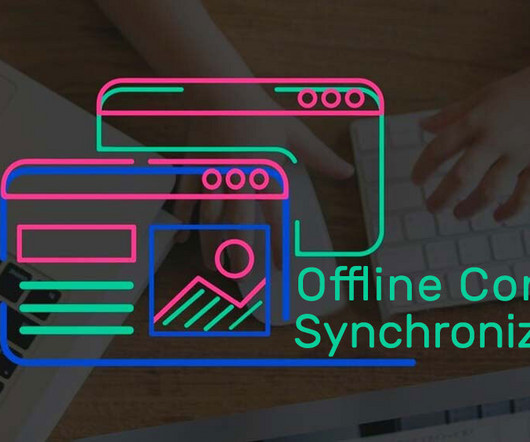Master the Art of eBooks with ePUB Reader SDK
Kitaboo on EdTech
APRIL 29, 2024
In the growing digital age, readers have picked up the habit of reading eBooks, sometimes even over traditional paperbacks. eBooks, which are digital versions of traditional print books, have revolutionized the publishing industry. The content created using an ePUB Reader SDK is accessible on all major operating systems.
















Let's personalize your content